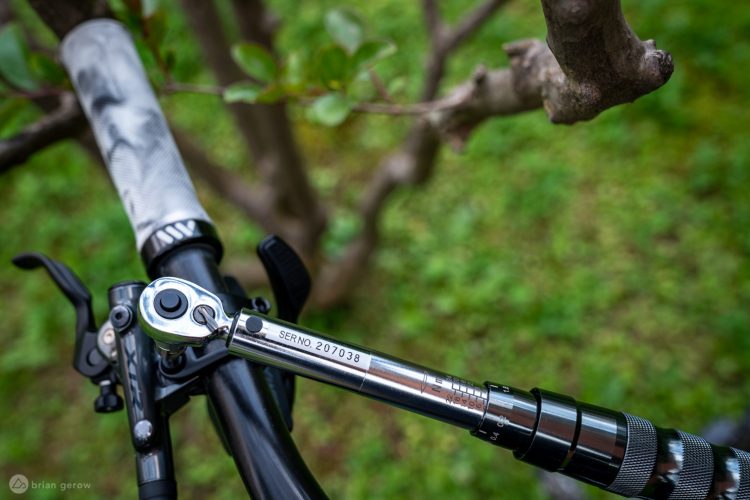
I’ve been collecting mountain bike trail data on my GPS for a few years now and I thought it would be helpful to share some tips for those just getting started. Collecting GPS data can be a great way to build trail maps to share with friends but unfortunately most consumer GPS units don’t make this an easy proposition.
One of the first things you’ll want to check on your GPS receiver is how often it is set to mark track points. Track points make up the digital breadcrumb trail you’ll be leaving as you ride and most receivers give you vague settings like “often” or “less often.” On the Garmin Edge 305 you can choose to mark points once every second but in my experience this is way too often (and you’ll end up with bloated data files as a result). Of the 200 or so GPS trail files we have on singletracks, track point densities ranges from around 20 points per mile to more than 500! The sweet spot seems to be around 60 points per mile which translates to one point every 5-10 seconds, depending on your speed and the curvature of the trail.
Once you’ve dialed in your track point settings, it’s important to give yourself as many clues as possible to sort out the GPS data when you get home. I recommend marking a waypoint when you start your ride and when you finish (some receivers like the Edge do this automatically). I also recommend downloading your trail data as soon as you get back to your computer so you don’t forget what you just recorded– GPS data can look foreign and confusing weeks after a ride – plus your GPS will have a clean slate for tracking your next ride. Large files are difficult to work with so it’s best to separate each trail into its own file.
You may find from time to time that your GPS data has gaps or mysterious “straight line” sections. These usually occur when your GPS receiver loses satellite reception and it’s actually fairly common on wooded trails and even cloudy days. Aside from upgrading your GPS there are some things you can do to avoid gaps in your trail data.
First, consider the time of year and even the time of day you ride. With leaves off the trees you’ll see a big improvement in reception and, depending on topography, you may even see improved reception in the morning or evening as satellites move throughout the day. If you do happen to lose reception while riding, stop and wait for your receiver to reacquire a signal. This may take a couple minutes but be patient! You may even want to slow down your pace a bit if you find you’re losing reception often on a particular trail.
Mapping mountain bike trails with a GPS can be challenging at times but for many people it’s a fun way to document an outdoor adventure. Share your maps with friends or better yet, share them with us here at singletracks and score free access to hundreds of GPS trail maps around the world! As always feel free to contact us with questions, we’d love to hear from you.



















0 Comments